Imagine driving over the Samoa bridges and looking to your left and seeing 14 floating structures the size of the Eiffel Tower. This may become the reality of our community in the coming years. The creation of one of the first industrial clean energy plants on the West Coast will occur in our local waters.
In 2022, the Bureau of Ocean Energy Management (BOEM) leased two 60-acre parcels for over 300 million dollars, 20-30 miles directly west offshore of Samoa for this development. They hope to construct ginormous offshore wind turbines. Since 2022, they have undergone many studies, tests, and challenges to determine if this goal is reachable. After much input from many different organizations and expression of their support, in July of 2024, the California Energy Commission unanimously voted and approved the construction of offshore wind in our local ocean waters.
This industry will progress and ease the advancement into this new electric and clean society. Wind energy is a fairly new technology and this project will cost billions of dollars from public and private investors. The federal government has set goals of setting up 30 Gigawatts of offshore wind energy by the year 2030 and California is a part of this plan, intending to produce a large portion with Humboldt County being the start of the larger goal.
This project is widely loved and many people see the benefits that this will bring to our community but there are concerns that have arisen.
“It should not come at the cost of this last vestige of estuarine wetland. At the cost of our marsh, our culture, and for some, their livelihood,” Nichole Collins, a concerned shellfish specialist said in an interview posted to Lost Coast Outpost.
Wind energy is a clean and renewable energy source and the ones specifically set to be put off the coast of Humboldt could potentially be the power source for over 1.5 million homes and provide many new job opportunities for our community.
There are two developments within this project: the offshore wind turbines and the wind marine terminal in our bay. These massive turbines will be constructed in Humboldt Bay. They will ultimately be moved out into the deep ocean water where they will not be visible from shore, but during their construction, they will be staged in our precious bay. You may not know, but Humboldt Bay is the largest oyster and shellfish producer on the West Coast, primarily due to the cleanliness of the waters. The bay is one of the few places that can export oyster and clam larvae and seed almost anywhere on the West Coast due to our management of bacteria and parasites that elsewhere would damage these organisms.
This industrialization will further permit our bay to become an industrial port as many large shipping boats could enter our waters bringing in many unknown issues like invasive species if the ballast water is not properly sterilized before being emptied into our clean bay. The marine terminal will also require ongoing dredging which would potentially unearth chemicals that have been contained deep under the ocean floor from back when the pulp mill was running in the early 2000’s and further pollute it. The construction of this marine terminal will forever alter the health and structure of our now lively bay and will impact this staple industry that has been prominent in Humboldt County for 70-plus years.
Humboldt is not the only place where this new technology is being tested, down in Central California’s Morro Bay they have planned the same new advancements, yet all of the construction will take place in Humboldt Bay.
Over on the East Coast, the wind energy industry is booming with several offshore wind farms under construction or in the process of permitting yet there are only three currently operating. The first offshore wind was constructed in 2016 off the coast of Rhode Island. For these past nine years, we have been able to examine the success and issues that have occurred within the offshore wind industry on the East Coast. A large setback that has recently occurred is the decomposition and erosion of these massive turbines in the ocean.
These large turbines are constructed of fiberglass, resin, plastic, and many other materials that are undoubtedly horrible for our ocean waters if one breaks. In the summer of 2024, one of the offshore turbines in Rhode Island had a fracture that led to 57 tons of trash directly from these turbine blades washing up on a 90-mile shoreline. This has caused public concern and confusion about whether or not these turbines have the infrastructure built to withstand the dangerous ocean as well as the environmental impacts these structures truly have.
Will this project progress in Humboldt County or will it be ultimately stopped? In the coming months and years, we will watch this progress and if everything stays on plan they will have 25 GW of wind energy all throughout the California Coast which could power close to 25 million homes and the industrialization of Humboldt will be in full effect!






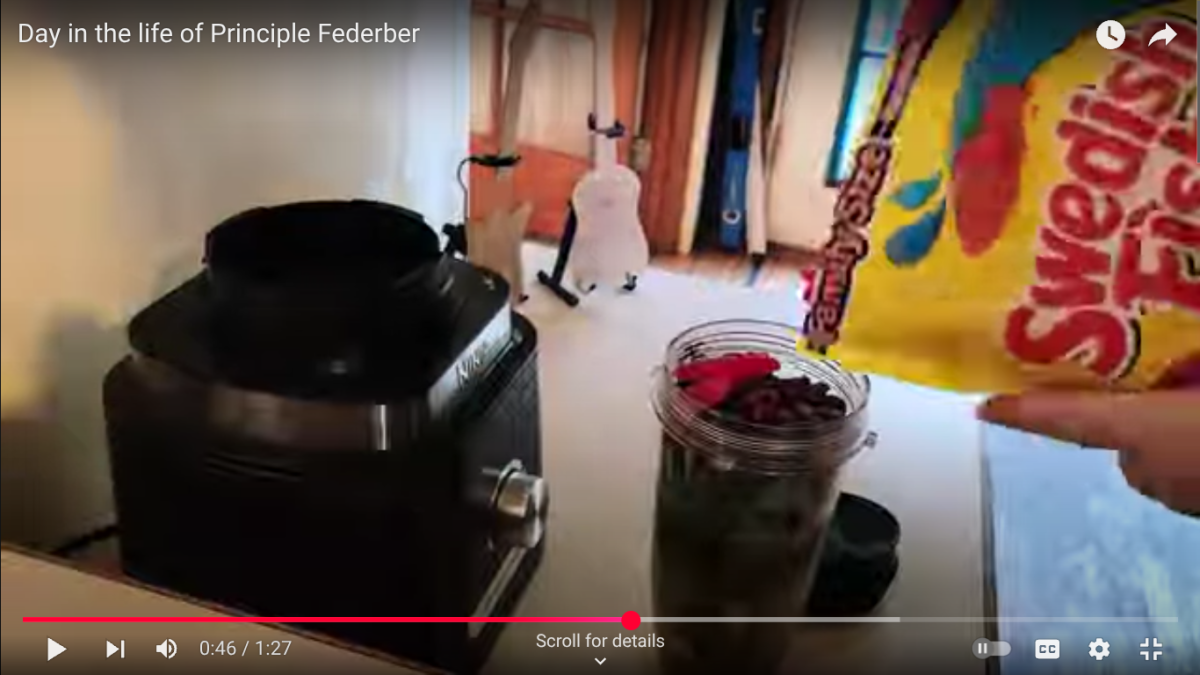

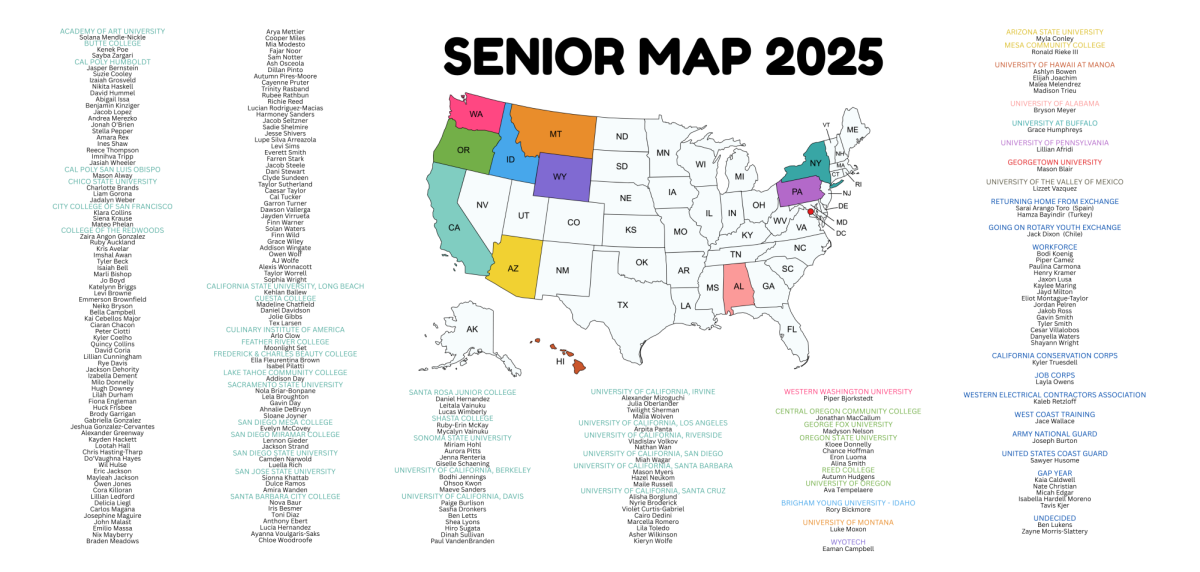

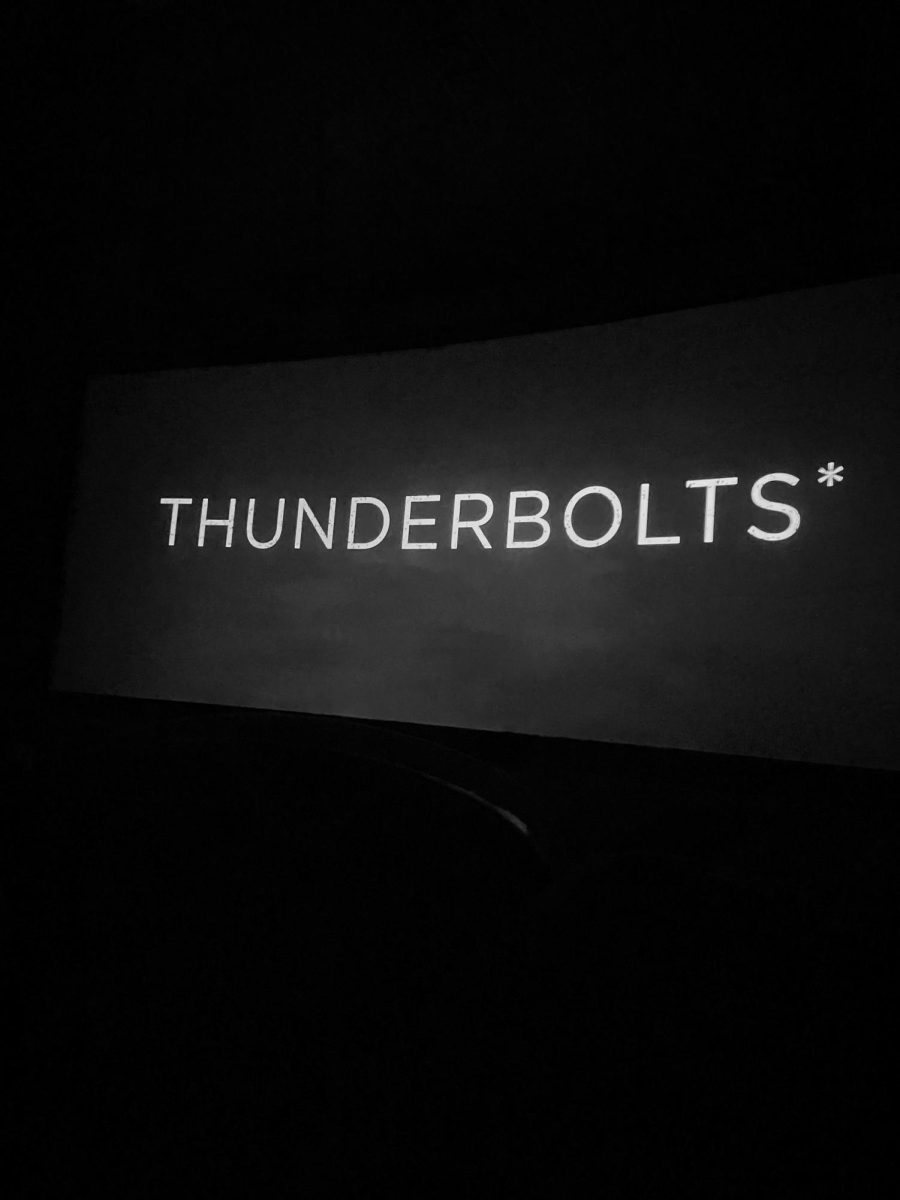
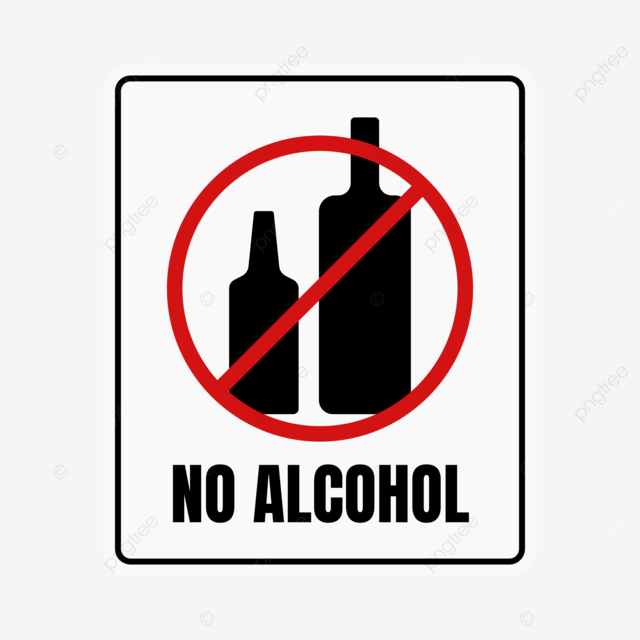










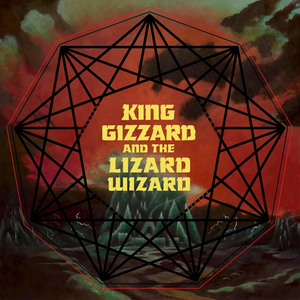

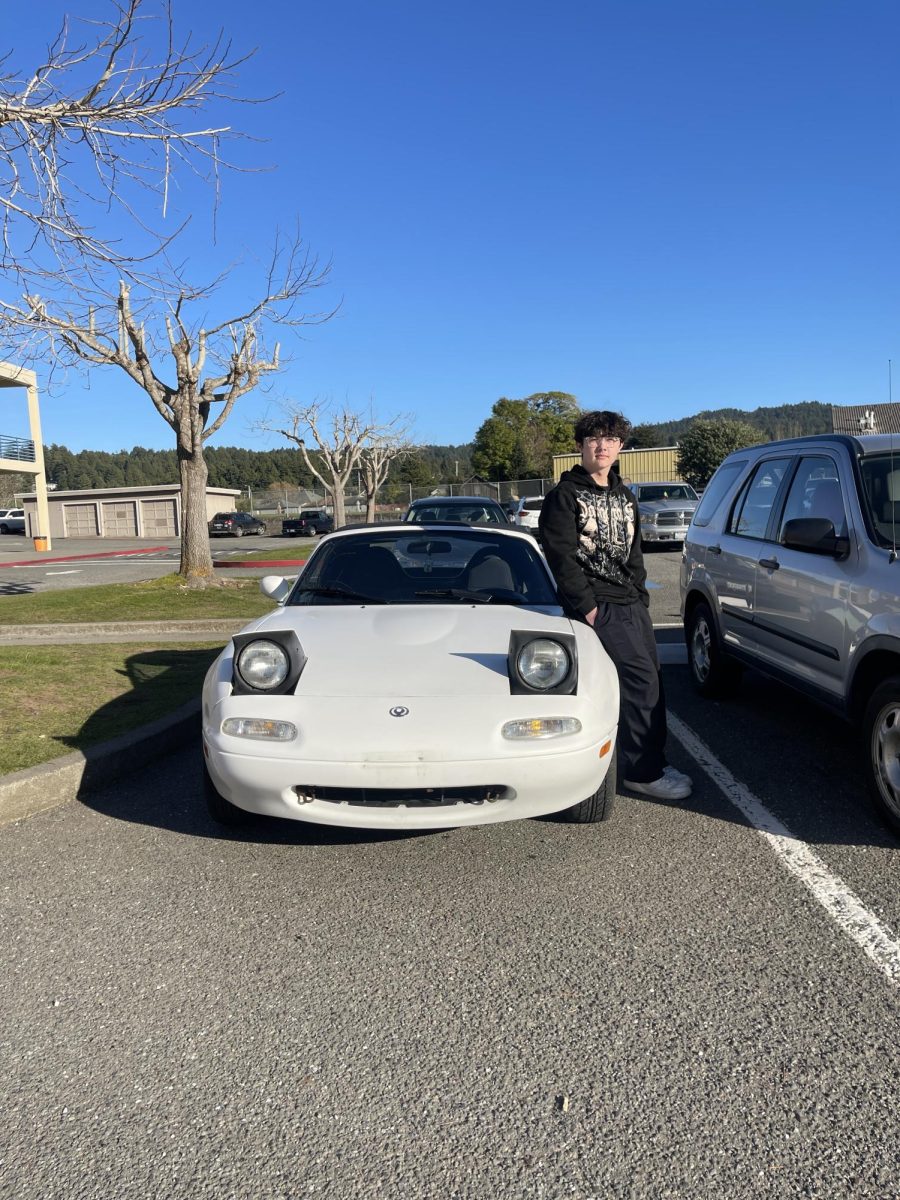
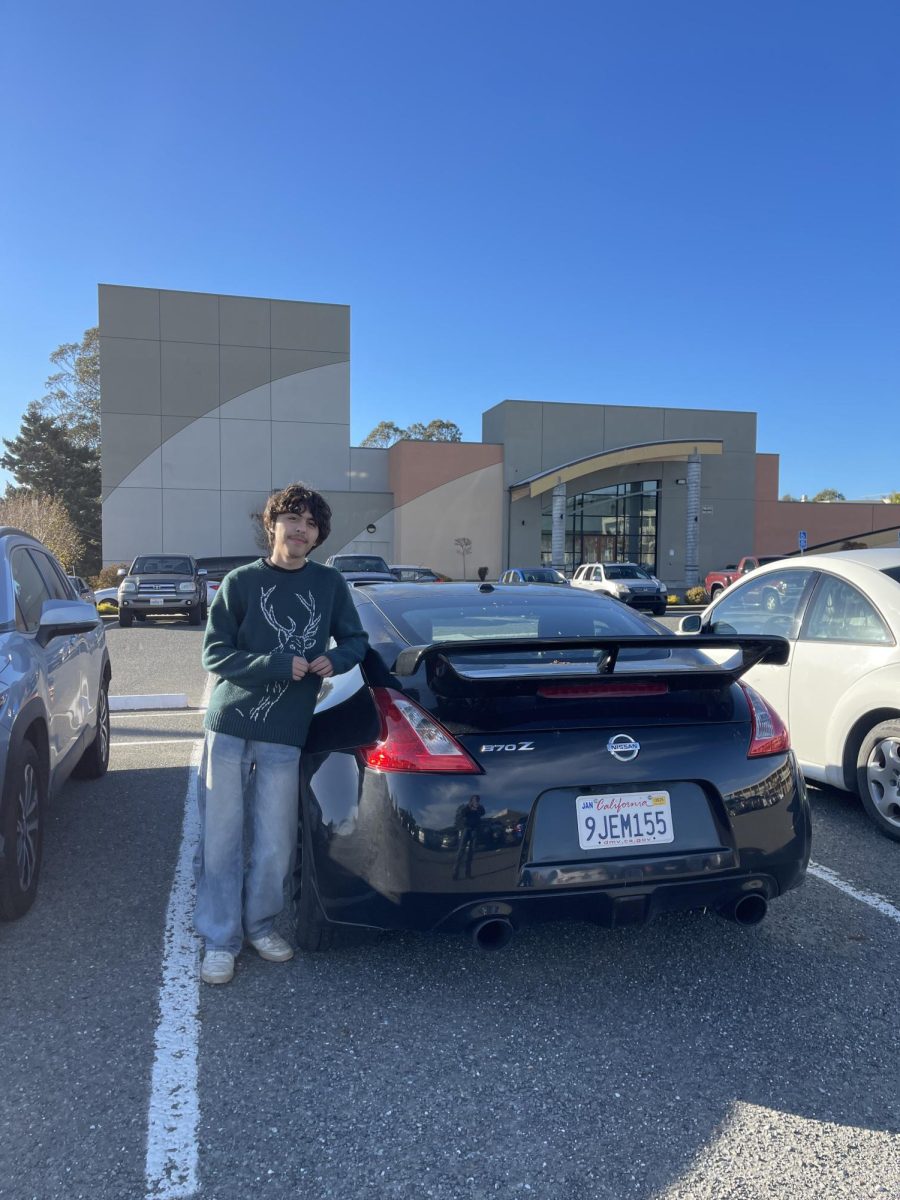
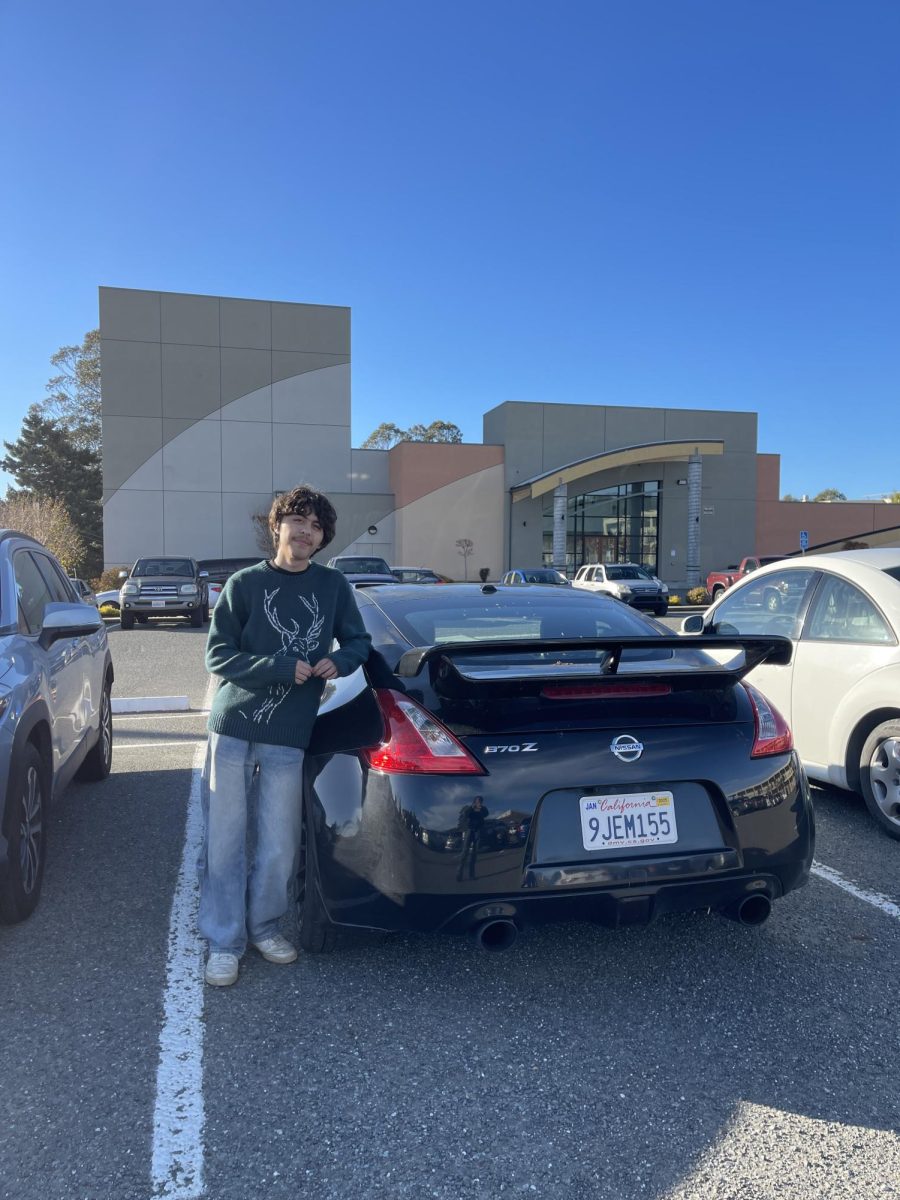


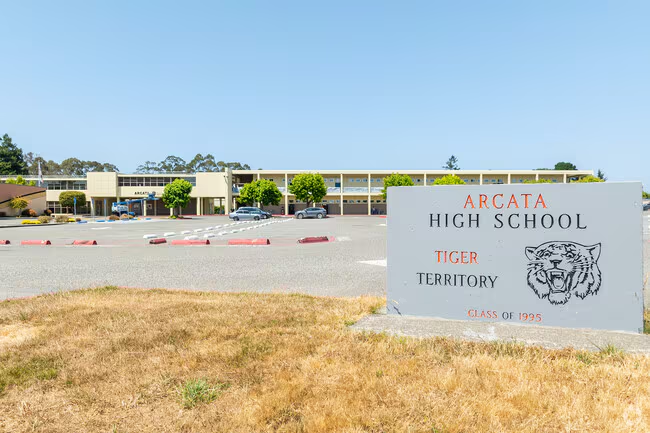
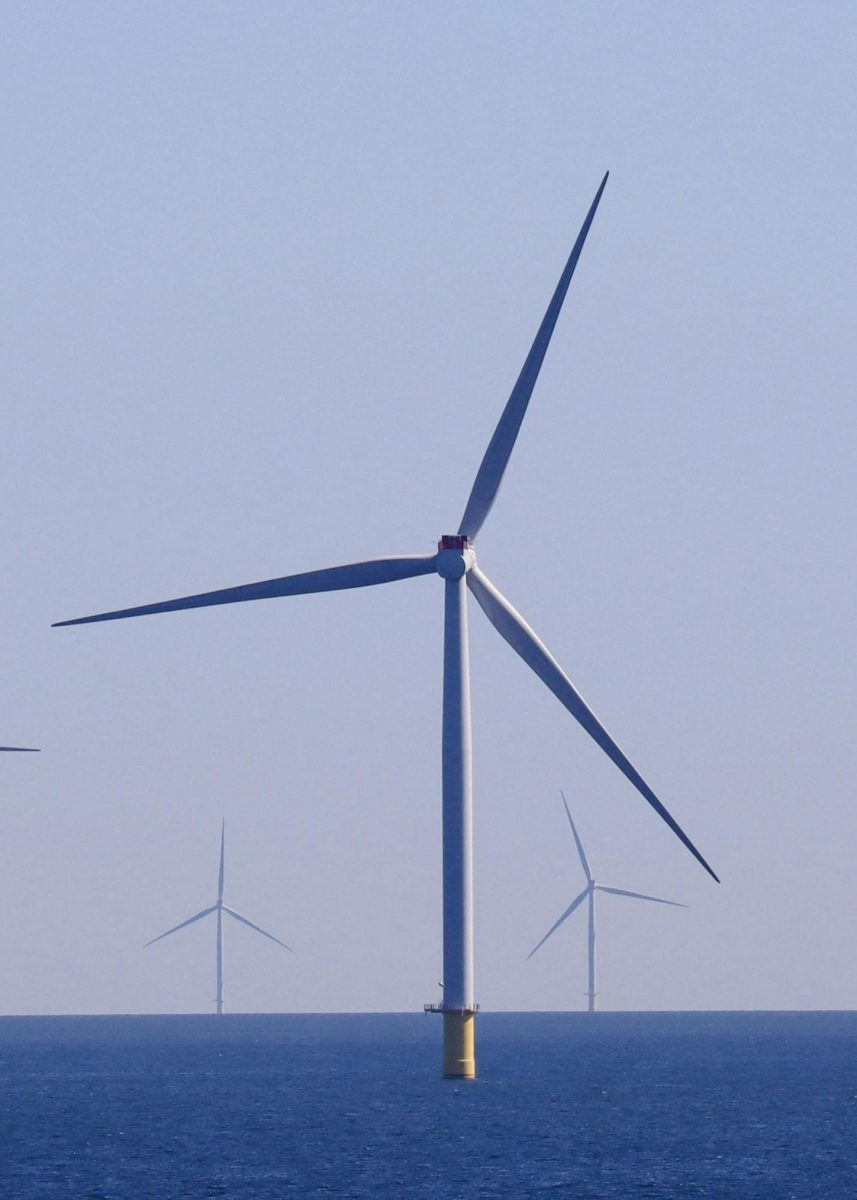

Earl J. • Dec 11, 2024 at 9:28 am
Ms Rich is correct. Humboldt Bay is considering being the manufacturing hub for all the offshore turbines, hundreds of them, to be deployed off the Humboldt coast. The bay will hold 14 turbines at a time while being built, maintained, and decommissioned. She is correct that each turbine is taller than the Eifel Tower. Wind energy—yes. Humboldt Bay—No! We should conserve Humboldt Bay not re-industrilize it. Make these things at ports already suited for this size class of construction. For comparison, the old pulp mill smokestack is less than 300 feet tall.
Sally • Nov 24, 2024 at 2:16 pm
Hello Luella. The entire premise of your article is incorrect, you won’t be able to see turbines 20 miles off shore from the coast. We absolutely need offshore wind to ensure transition from fossil fuel.
Lillian Afridi • Dec 4, 2024 at 12:54 pm
Hello Sally!
Thanking for your comment. I’m a co Editor-in-Chief of the Pepperbox. Our reporter was informed that you would be able to see the construction of these turbines, but that you wouldn’t be able to see them once they are finished. Is that correct? If not, we will change this immediately. Our reporter also did not say that the transition isn’t necessary, but she was covering the multiple perspectives concerning this project. Please reach out if you have more concerns/questions/comments. You can contact us at our email.